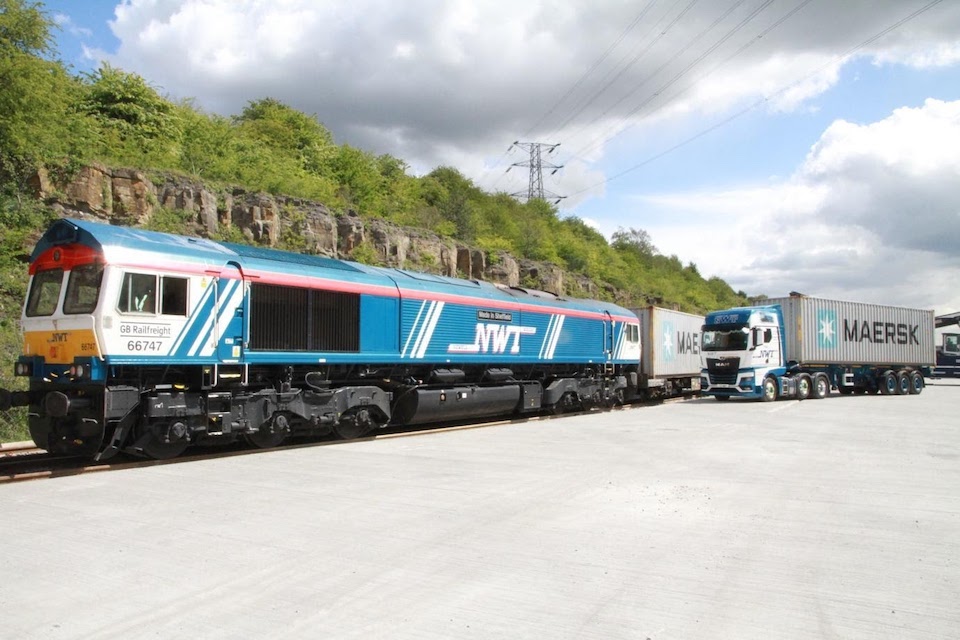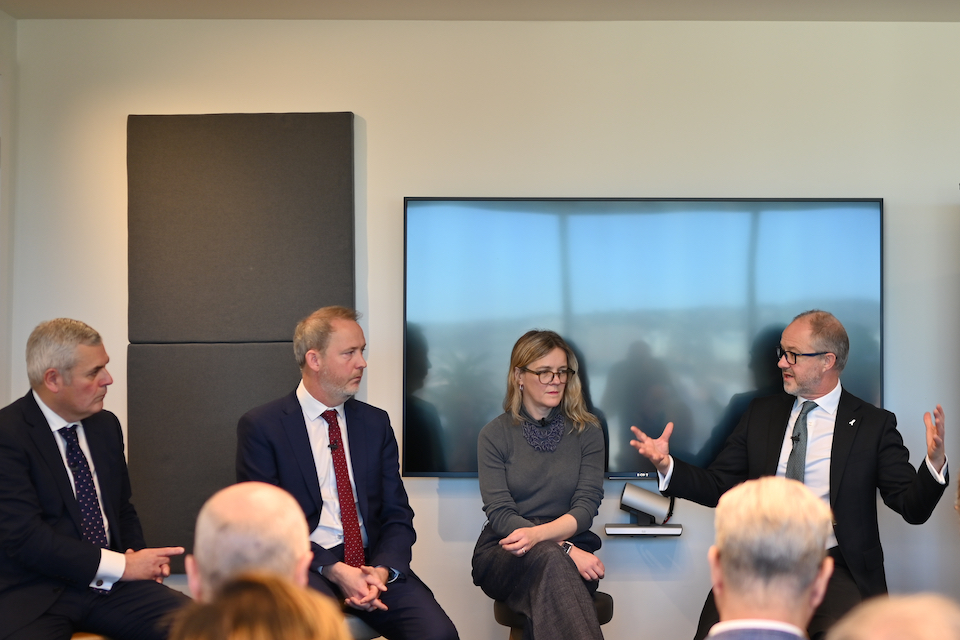Network Rail leader seeks to engage with civic and business leaders

Andrew Haines, the boss of Network Rail, and the lead on the preparatory for its successor, the Great British Railways Transition Team, has encouraged his civic and business peers to get behind rail reform. The rail boss has been on tour to promote the economic benefits of the sector at large. Haines took his case to the heart of industrial Yorkshire, in support of the UK government’s vision for the industry.
Addressing an audience of civic and industry leaders, Andrew Haines of Network Rail, the national infrastructure agency, says a single coordinating body for the industry is key to realise full benefits of the UK government sponsored Integrated Rail Plan for the North and Midlands. Haines was speaking in Sheffield, the city once synonymous with the British steel industry, and at the heart of the earlier reform of the rail freight sector in the mid twentieth century.
Private capital, and public funding
Andrew Haines met with senior business and civic leaders in Sheffield earlier this month, in a low-key event organised in association with the Northern Powerhouse Partnership, the six year old government backed body intended to promote the economic interests of the North of England region. The event brought together members and interested stakeholders, intent on unlocking further economic growth and driving up productivity across the region.

Rail freight has never been far from the economic agenda in the North. The UK government programme of ‘levelling up’, an aspiration to improve the regional economic performance of the UK to match that of the booming South East and London, is underpinned by private sector growth, private capital, and public funding. The historically industrial demographic of the North of England is hoped to be the foundation of that ambition, and rail freight will be a critical part of the programme.
Massive investment in the North
Network Rail boss and Great British Railways Transition Team Lead, Andrew Haines, set out why the creation of a single coordinating, decision-making body for rail is necessary if the full benefits of the UK government’s Integrated Rail Plan are to be realised. Haines was speaking to regional business leaders at the Sheffield offices of the wide-ranging design and engineering corporation Arup, who hosted the event. Haines called on business leaders to get behind fundamental reform of Britain’s rail system in the same way they support major investment projects.

“Make no mistake, the Integrated Rail Plan is a massive investment in the North, making journeys greener, more reliable and faster”, he said. “It has the potential to alter cities with reduced road congestion and cleaner air, new employment opportunities and business connections.” He explained that to get the railways working as they should, and to play their full part in supporting growth and prosperity in every part of the country, will require investment in building the right projects as well as updating the way the sector is structured. That may be interpreted as shoring up the major projects like HS2, but also advocating the diversification of freight terminal capacity around the UK.
Create clear decision-making
Sheffield is a good venue to discuss rail reform. The city has many historic examples of the varied approaches to rail infrastructure provision. The wider South Yorkshire area has also seen a more recent resurgence of freight operations, much of it centred on the former Tinsley marshalling yard, which was itself a product of the rationalisation of the city’s extensive but fragmented freight handling capacity.
The city also sits at the apex of a number of projects, including the upgrade to the Hope Valley line, which carries much of the heavy aggregates traffic from the High Peaks area, mainly heading for large projects in and around London. “Only if we create a clear decision-making and leadership body for the railway – what has been called Great British Railways – can we join up decisions to maximise efficiency and speed up improvements”, concluded Haines in his address.
You just read one of our premium articles free of charge
Want full access? Take advantage of our exclusive offer





With all respect, but primarily Industry of railways has to recognise “elephant in room”.
Quality of service rendered is too low. (Neither core clients, nor any client, now afford luxury of not caring about “eta”.)
Root of disturbing has to be outed from basic, from infrastructure!
Electrification has to be redundant.
Track has to be resilient, etc., etc.!
Regrettably, quantity now, is devastatingly “cementing”!
A New Old Railway is needed!